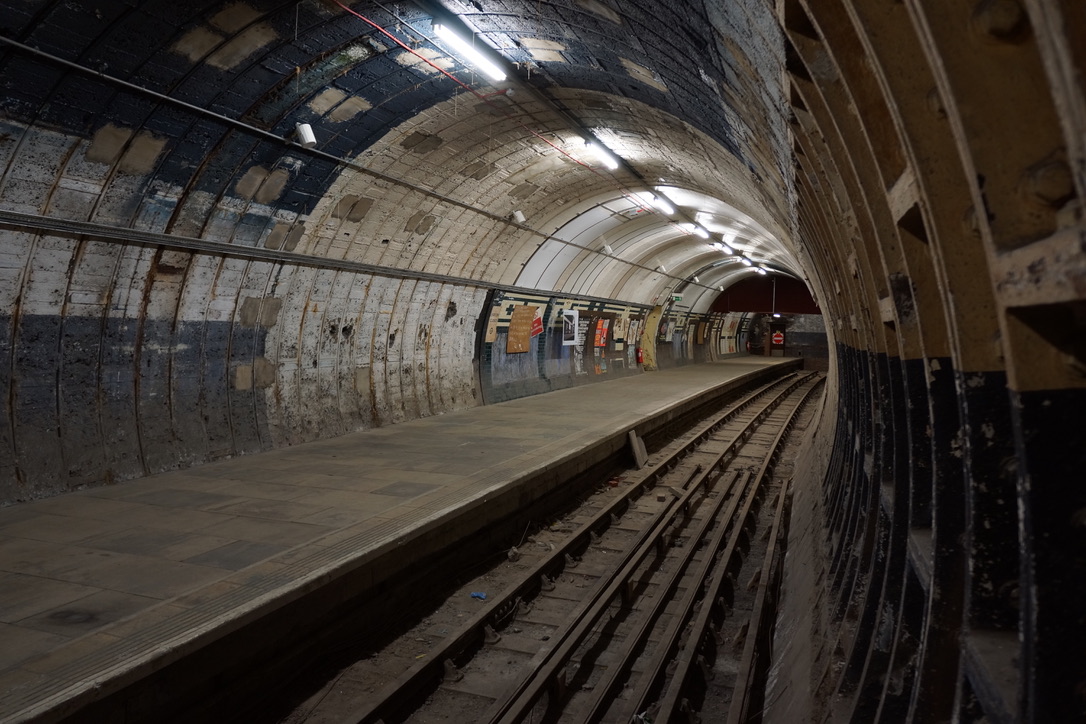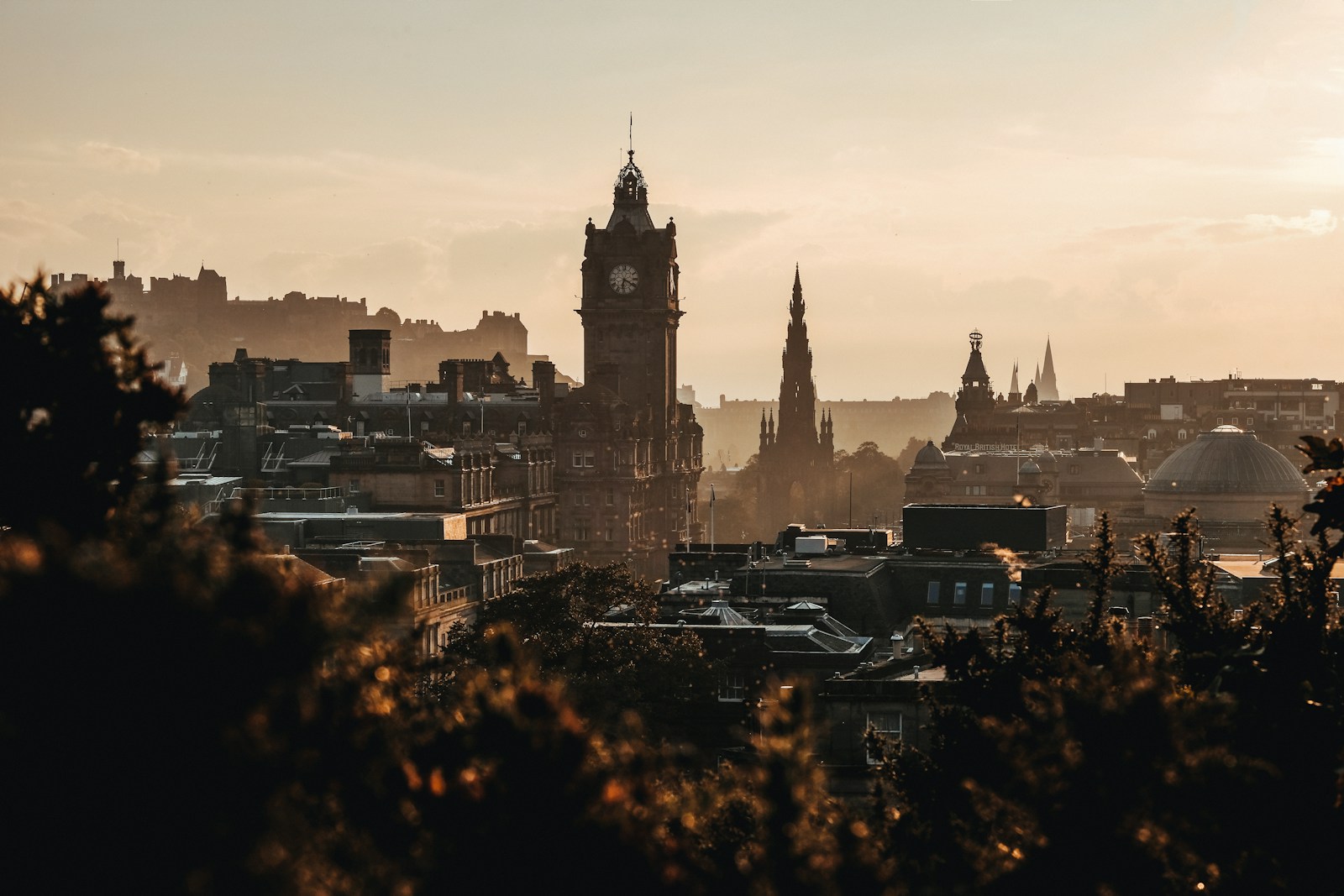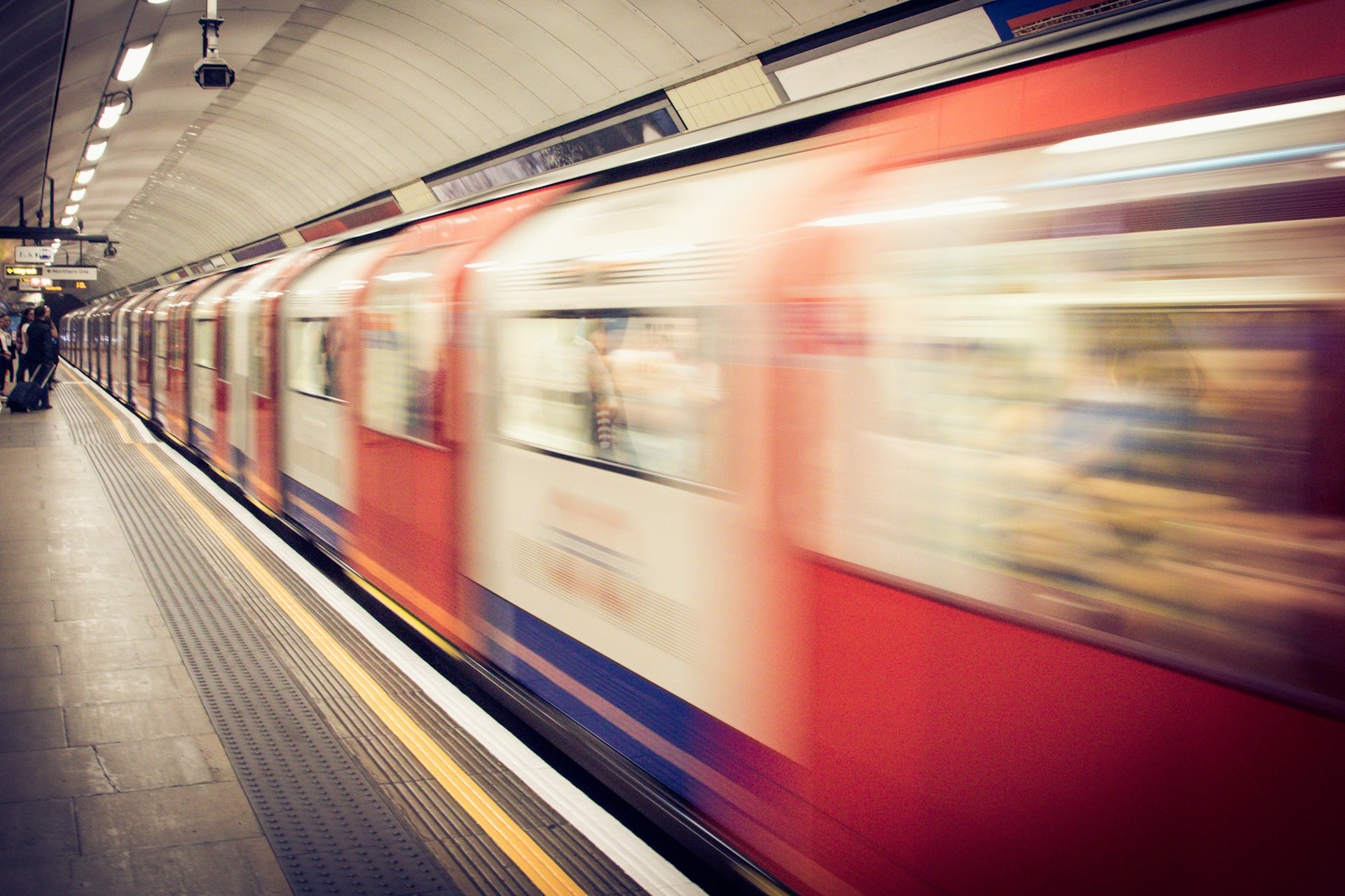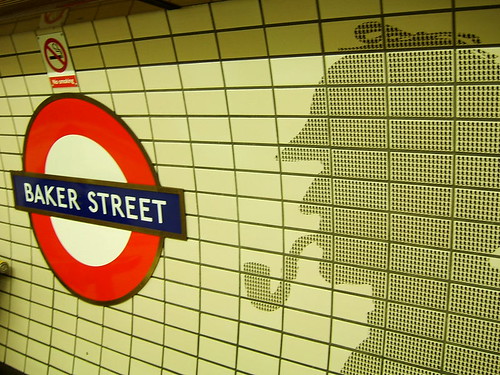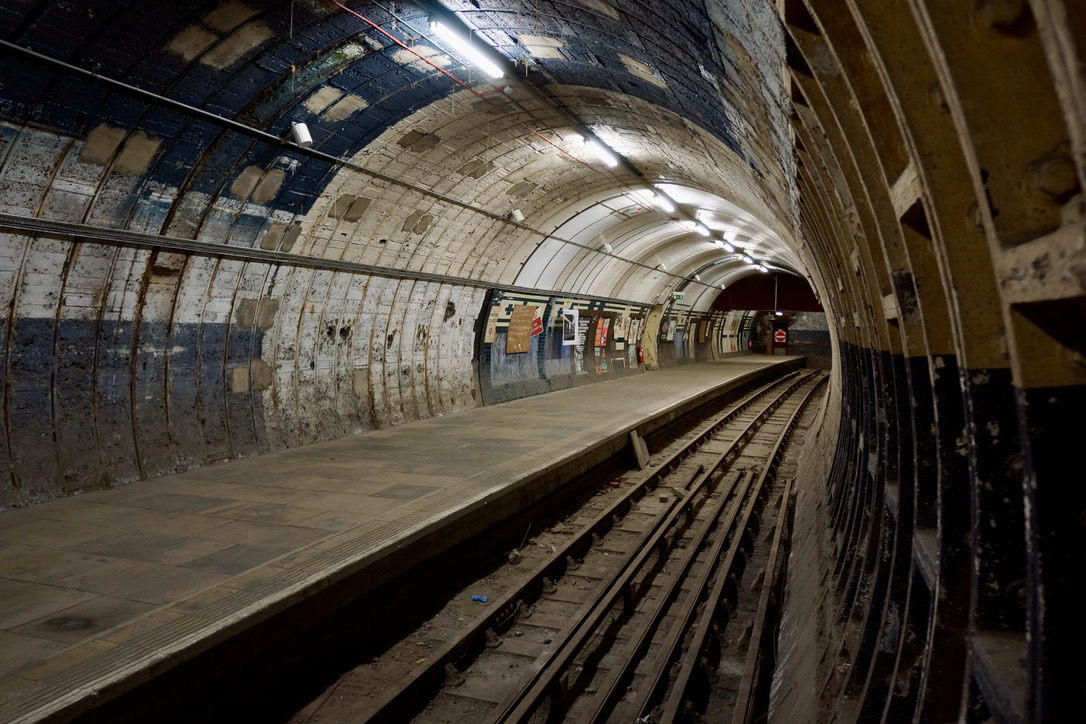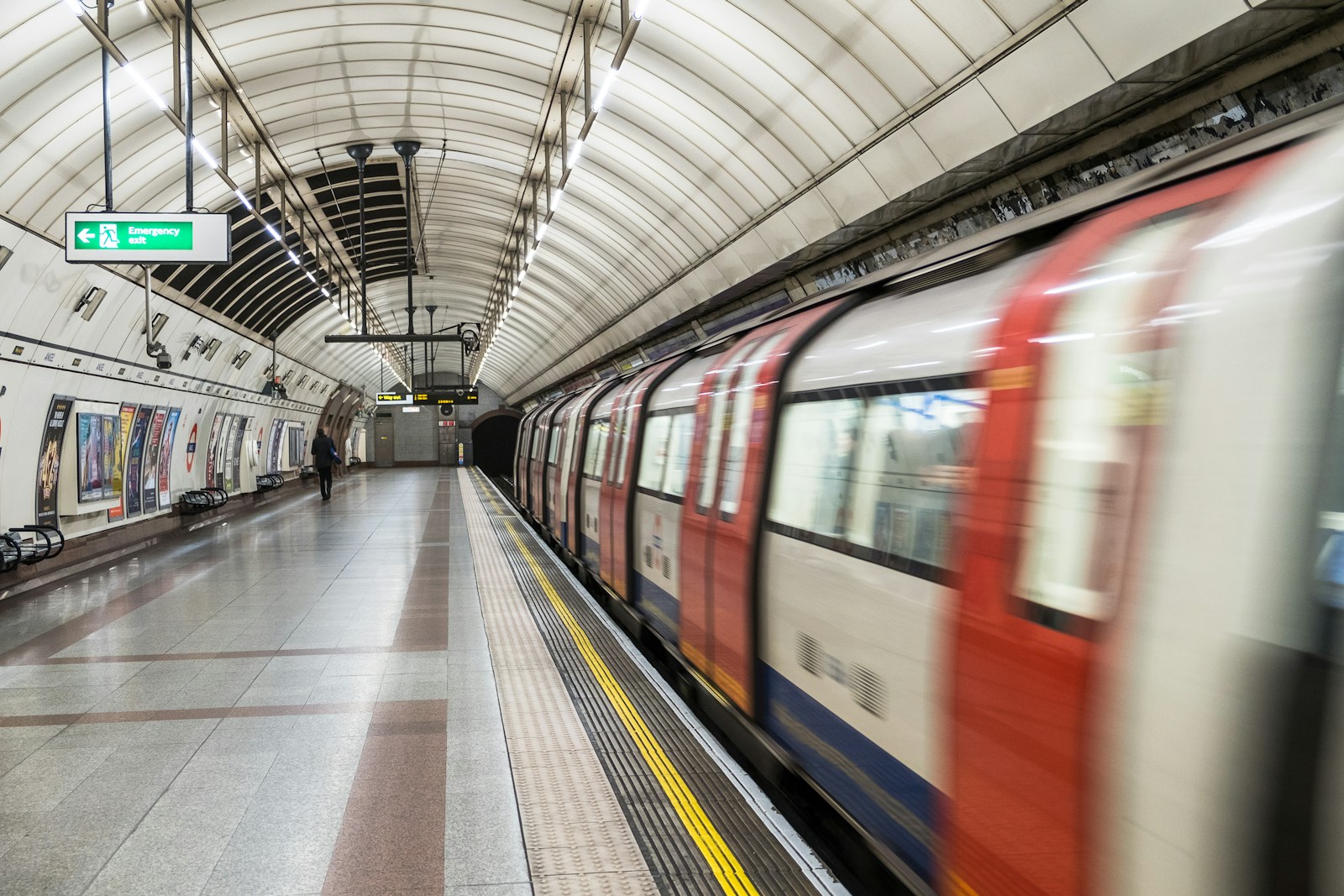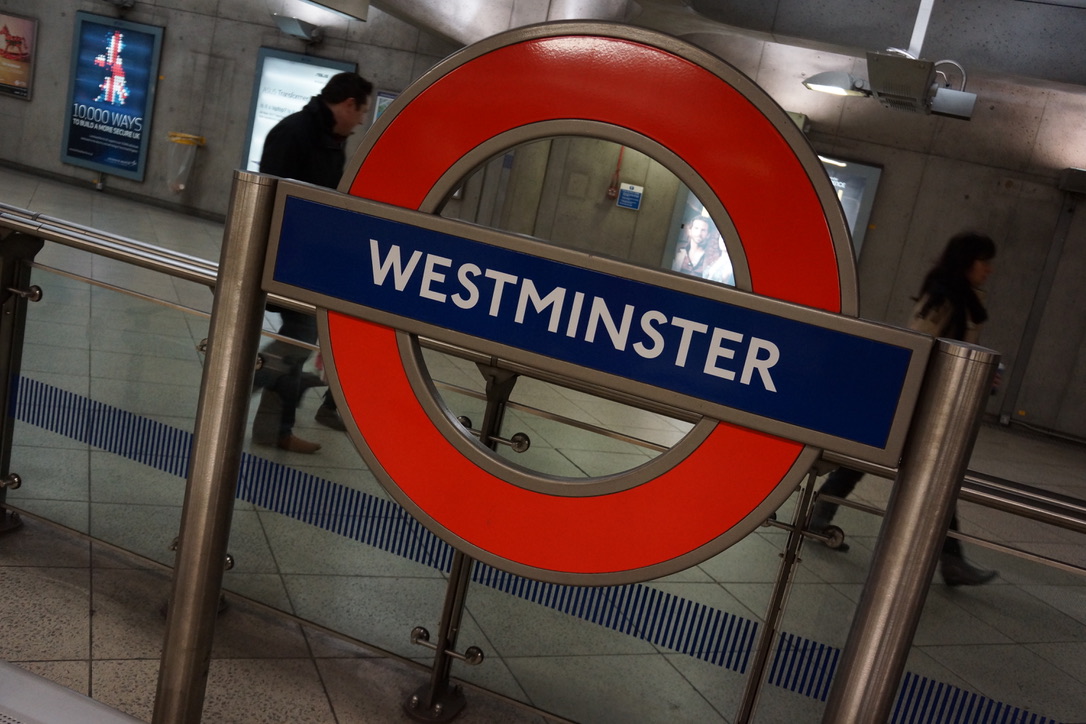The Secret History of London’s Hidden Rivers
London, a city teeming with life, history, and a bit of mystery, is often associated with its iconic landmarks like the Tower Bridge, the Shard, and Buckingham Palace. However, beneath the bustling streets and modern architecture lies a fascinating secret: hidden rivers that once flowed freely through the heart of the city. As we dive into the secret history of London’s hidden rivers, we’ll explore their significance, their stories, and where you can still find remnants of these waterways today.
A River Runs Through It: The Importance of Waterways in London
Before the modern infrastructure took shape, rivers played a pivotal role in the development of London. The River Thames, of course, is the most famous, serving as a critical trade route and a source of sustenance. However, it wasn’t the only waterway shaping the city’s landscape. Smaller rivers and streams crisscrossed the area, providing vital resources for transport, industry, and even recreation.
During the medieval period, London’s rivers were bustling with activity. They supported fisheries, allowed for the transportation of goods, and provided water for various trades. As the city expanded, the need for infrastructure grew, leading to the gradual burying or neglect of several smaller rivers. Many of these once-bustling waterways now lie hidden beneath the city streets, their stories waiting to be uncovered.
The Lost Rivers of London
London is home to several hidden rivers, each with its own unique history and character. Here are some of the most notable ones:
The Fleet River
The Fleet River is perhaps the most famous of London’s hidden waterways. Rising in the hills of Hampstead, the river meanders its way through the city before eventually flowing into the Thames. In the 18th century, the Fleet was known for its clear waters and beautiful banks. However, as the city grew, the river became a dumping ground for waste, leading to its eventual burial in a culvert.
Today, sections of the Fleet can be found in places like Farringdon and Holborn, where you can spot markers indicating where the river once flowed. The Fleet River’s story is a testament to how urbanization has transformed natural landscapes, and it serves as a reminder of the importance of maintaining our waterways.
The Tyburn River
The Tyburn River is another hidden gem in London’s watery history. Flowing from the hills of Hampstead down through Marylebone, the Tyburn was once a picturesque stream lined with trees and wildlife. However, by the 19th century, it was completely covered over and replaced by a series of sewers.
Today, although the river is hidden from view, it is still possible to trace its route through the city. The Tyburn runs beneath some well-known areas, like Marble Arch, and there are even walking trails that allow you to follow its route. The Tyburn’s history highlights the city’s evolution and the sacrifices made in the name of progress.
The Westbourne River
The Westbourne River, which flows through the heart of London, is another interesting story. Originating in the area now known as Kilburn, the Westbourne wound its way through the city before emptying into the Thames at Chelsea. Much like the Fleet and Tyburn, the Westbourne was also subjected to development pressures and was ultimately buried.
Today, sections of the Westbourne can still be discovered, notably in the picturesque area of Little Venice. Known for its beautiful canals, this area is a reminder of London’s watery past. The Westbourne River’s journey from a free-flowing stream to a concealed waterway embodies the city’s complex relationship with its natural environment.
Reviving the Rivers: Modern Efforts
In recent years, there has been a resurgence of interest in London’s hidden rivers. Local communities, environmental groups, and historians are working together to raise awareness and advocate for the restoration of these waterways. The Thames Water’s “River Restoration Strategy” is one such initiative, aiming to improve the health of London’s rivers and reconnect communities with their waterways.
Walking Tours and Educational Programs
One of the most exciting ways to engage with London’s hidden rivers is through walking tours. Several organizations offer guided tours that take you along the routes of these lost rivers, providing fascinating insights into their history and significance. Exploring these paths not only encourages a deeper understanding of the city’s past but also promotes a greater appreciation for the importance of preserving our natural water systems.
Community Involvement
Community involvement plays a crucial role in the revival of London’s rivers. Grassroots movements have emerged to clean up neglected watercourses, plant trees, and engage residents in their local environments. For instance, the Westbourne River Restoration Project has brought together volunteers to clean up the riverbanks and promote biodiversity in the area.
The Future of London’s Hidden Rivers
The future of London’s hidden rivers is not just about uncovering their past; it’s also about embracing their potential for the future. As cities around the world grapple with issues like climate change and urban flooding, rivers can offer solutions. By allowing these waterways to flow freely and maintaining their natural landscapes, cities can enhance biodiversity, improve air quality, and create beautiful green spaces for residents.
Green Infrastructure
Integrating green infrastructure into urban planning is essential for the future of London’s hidden rivers. Sustainable drainage systems, green roofs, and rain gardens can all help manage stormwater and reduce flooding. By reimagining how we interact with our waterways, London can become a model for other cities looking to embrace their natural heritage.
Building Awareness
Raising awareness about the significance of these hidden rivers is vital. Educational programs in schools, community workshops, and public events can help foster a sense of stewardship towards these waterways. When people understand the history and importance of their local rivers, they are more likely to take steps to protect and preserve them.
Conclusion: A City of Waterways
London’s hidden rivers tell a story of transformation, resilience, and hope. They serve as a reminder of the natural beauty that once flowed through the city and the importance of preserving our water systems for future generations. As interest in these waterways continues to grow, there is a unique opportunity to reconnect with London’s past while shaping a more sustainable future. So next time you stroll along the streets of London, remember that beneath your feet, the echoes of hidden rivers still linger, waiting for the chance to flow freely once again.

